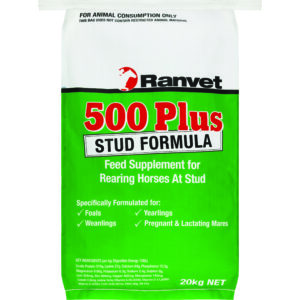Vitamin E Deficiency in Horses
Vitamin E is a term used to describe a group of compounds known as tocopherols and tocotrienols. Vitamin E is unique and an essential nutrient that is pivotal in the proper functioning for most systems of the horse’s body. As it is not synthesized within the horse, Vitamin E is considered an essential nutrient, and therefore daily consumption is required to maintain adequate blood and tissue levels for cell protection.
Vitamin E is first and foremost an antioxidant that plays a role in protecting cells from free radical damage. Free radicals have an odd number of electrons, which gives them an unstable electrical charge. In an attempt to become more stable, they ‘steal’ electrons from other molecules. This causes a new molecule to become unstable, and it may not be able to perform its normal function. Free radical formation is often referred to as oxidative stress, and a chain of oxidative destruction can damage the cell and sometimes cause cell death (McBride et al, 1999). As exercise increases the, the number of free radicals increases. Free radical formation is a natural consequence of the body utilizing fat and carbohydrate stores for energy.
Antioxidants in the body control free radical damage as they bind to the free radicals inhibiting their ability to ‘steal’ electrons. To avoid damage to muscle cells during exercise, adequate levels of antioxidants must be available to counteract all the extra free radicals. As the horse’s workload increases, the requirement for Vitamin E supplementation increases (White et al, 2001). Signs of oxidative stress in working horses include muscle soreness and slower than normal recovery from intense exercise.
The NRC (2012) recommends horses be supplied with 50 IU/kg DM or approximately 1 IU/kg BW per day.
Sources of Vitamin E for Horses:
Good-quality, fresh, green pasture is an excellent source of vitamin E in all-natural forms. A horse that is sustaining itself on good-quality pasture will be consuming significantly more vitamin E than required.
Though horses grazing on lush pasture may obtain enough vitamin E, for all horses that have limited or no access to quality pasture grass, supplemental vitamin E is necessary. Hay often provides the vitamin E horses need when access to pasture is not available. However, because vitamin E is not heat-stable, its levels in hay can decrease over time. The levels of vitamin E reduce dramatically when hay is cut, dried and baled. Other factors, such as maturity of pasture and length of storage time once baled also dramatically diminish the quantity of vitamin E contained in hay.
Signs of Vitamin E Deficiency in Horses:
Horses stabled all day with an all-hay diet have a substantial risk of developing a vitamin E deficiency. Some signs of a vitamin E deficiency include:
- Inflammation
- Equine motor neuron disease (EMND)
- Equine degenerative myencephalopathy (EDM)
- Slower growth rate
- Swollen tongue
- Tissue inflammation
- Infertility
- Ocular Lesions
It is common practice to supplement horse feeds with a source of vitamin E such as Ranvet 500 Plus or Ranvet Ration Balancer, especially for those horses in confinement and consuming hay that may not contain adequate levels of vitamin E. Vitamin E supplementation is also beneficial to young, rapidly growing foals, pregnant mares, stallions, and performance horses with no access to lush pasture. As the vitamin E requirement is greater for these classes of horses, consuming hay only and being kept in confinement would make them more susceptible to vitamin E deficiency.
Experts in Equine Nutrition
Every product in the Ranvet range has been developed to meet a horse’s most specific need at any given time, be it in a training environment or on a breeding farm. Having pioneered the formulation of specific medications and dietary supplements for horses, the company is now recognised as a leader in the areas of equine health and nutrition.


